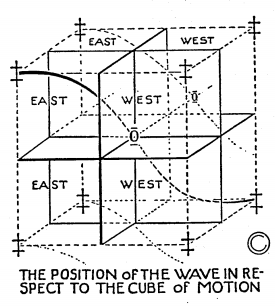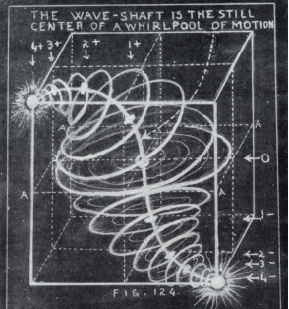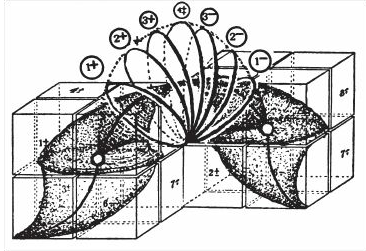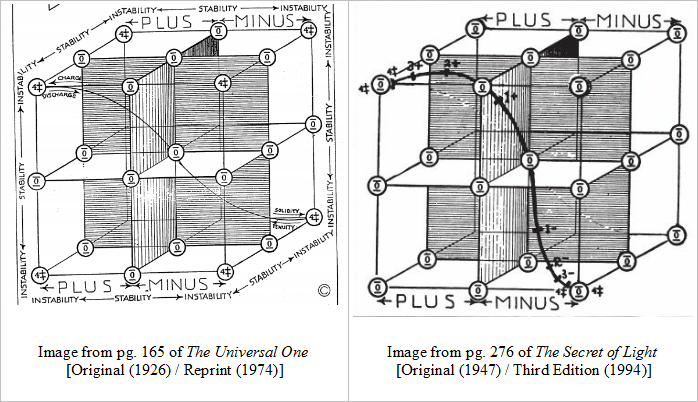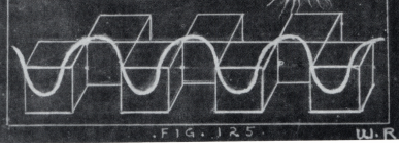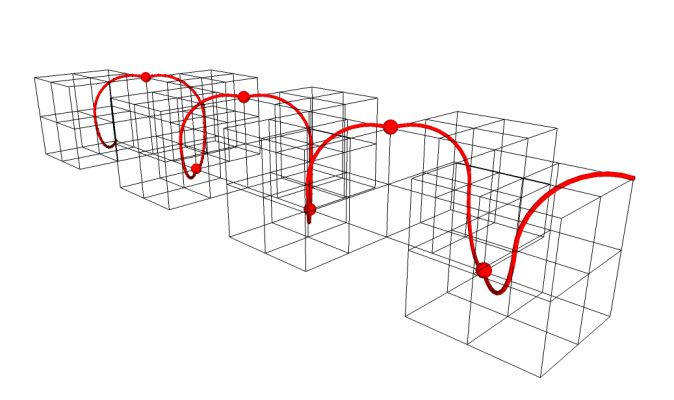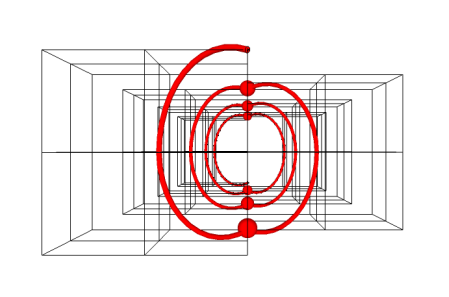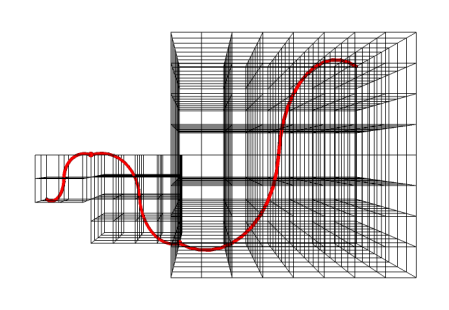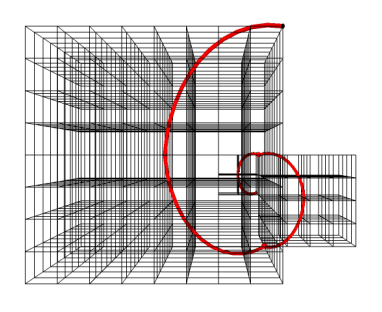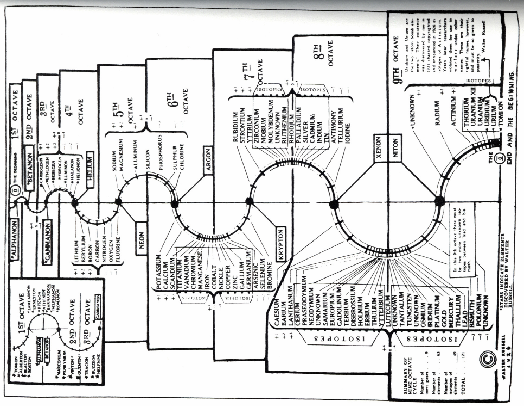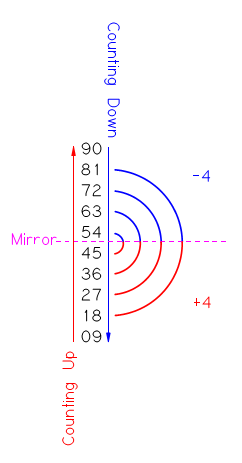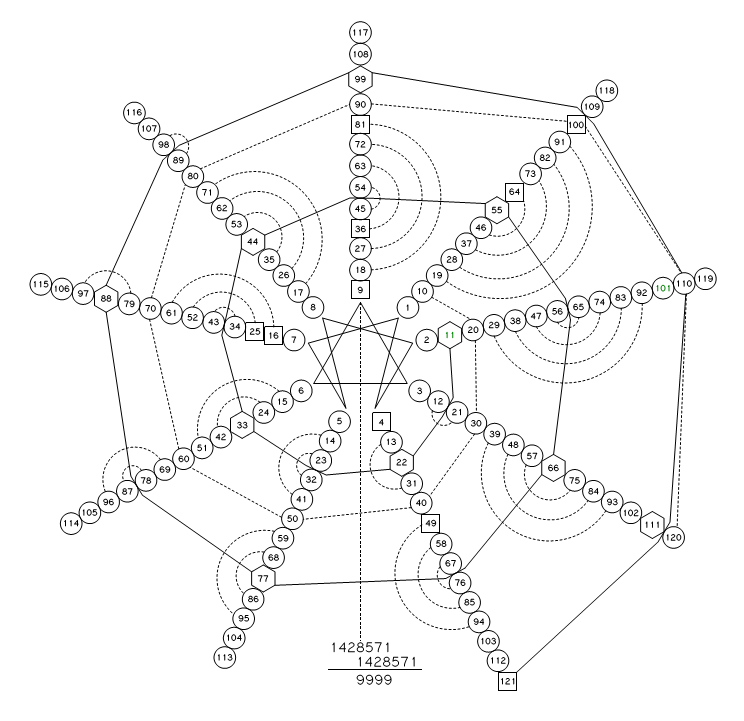Back • Return Home
Changes In Walter & Lao's Work
Introduction
Walter & Lao made many changes to the work over time, and it is helpful to keep aware of them. While some of these changes are merely differences in how certain concepts are expressed, others are actually corrections that make the cosmogony more consistent. Lao mentions this on more than one occasion. To give a couple of examples...
• From the Preface of The Universal One [Original (1926) / Reprint (1974)]:
In the interim of the writing of THE UNIVERSAL ONE from 1921-1927 to 1947 when THE SECRET OF LIGHT was released - and also our book entitled ATOMIC SUICIDE? which was published in 1957 - Dr. Russell's thoughts and awareness matured in expression and he clarified and rectified errors he felt that he had committed in his earlier writings. It was never his intention to reprint THE UNIVERSAL ONE. However, because of the numerous requests that we have been receiving for copies of this great book, and because it may be of untold help at this crucial period in mankind's progress, we are reprinting it in its original form. L.R
• From the Introduction (page xxiv) of Atomic Suicide? [First Edition (1957)]:
(In reference to The Universal One) "...my husband was not then ready to give words to that which he knew in wordless essence."
Here, we will endeavor to share a couple of the changes that we feel are most important and why.
The Position Of The Wave Lever Within Cubic Wave-Fields
In The Universal One, the position of a Wave Lever (i.e.: the two poles extending from the center of the cube) is across the entire
cube diagonally, from one corner to the opposite corner:
Image from pg. 155 of The Universal One [Reprint (1974)]
In later works, such as A New Concept of the Universe, the Wave Lever still extends from the center, but it is positioned from one
corner of the cube to the corner opposite it on the same face:
Image from pg. 161 of A New Concept of the Universe [Reprint? (1989)]
Interestingly, we can point to a time when Walter started to notice this error. Here is a diagram from pg. 278 of The Secret of Light
[Original (1947) / Third Edition (1994)]:
Notice the difference between the Wave Lever within the right-most Cubic Wave-Field and the Wave Lever within the left-most one.
We can even see a spot where he took a diagram from The Universal One and corrected it for use within The Secret of Light:
Can you see how the diagram on the left was turned into the one on the right?
Why is this change important? It makes it so that the Wave Levers form a spiral when several Cubic Wave-Fields are placed edge-to-edge, like this:
Image from pg. 161 of A New Concept of the Universe [Reprint? (1989)]
Here are some other views that make it easier to see:
Isometric View
Front View - It looks like a "sine wave".
Right Side View - It looks like an "Archimedean spiral".
Let's make it so that the Cubic Wave-Fields are doubling or halving in length, like this:
Front View
Their dimensions from left-to-right are:
23 = 8 Cubes
43 = 64 Cubes
83 = 512 Cubes
[Note: Each of them would fit inside each other. For example, 8 cubes fit in the center of a stack of 64 cubes, 64 cubes fit in the center of a stack of 512 cubes, and so on. In other words, the Cubic Wave-Fields follow an "inverse square law".]
Right Side View - It still makes a spiral, but this time it is "logarithmic" (because the cubes form a "geometric progression").
If we did this nine times, then we would form The Nine-Octave Wave. This is what is being depicted within their periodic table. Turn it sideways to see it more clearly:
Image from pg. xvi of A New Concept of the Universe [Reprint? (1989)]
The wave shape in the above diagram is a flat projection of The Nine-Octave Wave, while the lines running vertically throughout various points on the wave are actually a series of Cubic Wave-Fields that are increasing or decreasing in size. Please note that it is not to scale. It was drawn to fit on the page.
Again, if we were to look down the end of it, we would see a spiral. This is why their periodic table is often given as two diagrams. They are merely two different views of the same thing:
Image from pg. xvii of A New Concept of the Universe [Reprint? (1989)]
The Reduction of 10 Octaves To 9 Within The Octave Wave
In The Universal One, their periodic table is shown with ten octaves, while in later works, such as A New Concept of the Universe, it is shown with nine:
Why is this change important? It seems that Walter realized that the point from which all of the elements arise (the element he calls Alphanon), is the very same one in which all of the elements begin again (what he once referred to as Omeganon).
It would probably require an entire lecture to describe the precise scientific reasons for this change, so instead we will attempt to give a brief illustration of the archetype that it follows using basic arithmetic. Please have patience for it, as what we would like to convey is quite subtle...
If we take multiples of nine, we can see that they contain an octave pattern (4 forward and 4 reverse):
Image adapted from one within the book Syndex I: A Synergetic Perspective on Number Dynamics by Robert Marshall & Iona Miller
Notice how the numbers are moving in two directions simultaneously (i.e.: the tens place seems to count up, while the ones place seems to count down), and how they turn around between the numbers 4 and 5. The pairs of numbers are literally reflections of one another.
The Nine Octave-Wave does something similar on their periodic table. The element Carbon is considered the very middle of the table, with 4 octaves before it and 5 octaves after it.
Also notice that each pairing of numbers adds up to 9 (i.e.: 1 + 8 = 9, 2 + 7 = 9, 3 + 6 = 9, and 4 + 5 = 9). This is a numerical representation of what Walter and Lao would call The Voidance Principle. Each of the "male" and "female" pairs add up to make One balanced whole.
To give another numeric example, there is also significance in the number of elements on the table. 121 is equivalent to 112 or 11 × 11. 11 is a palindrome (i.e.: it is something that is the same forwards and it is in reverse). When we combine the patterns of 9 and 11, interesting patterns arise:
Image adapted from the Syndex work of Robert Marshall
Here we are separating all numbers up to 121 into groups of 9. Notice how the mirrorings of numbers continue around multiples of 11, that the number of mirrorings never exceeds four pairs within each spoke, and that the number of mirrorings themselves is also mirrored.
All of these features correspond to what Walter and Lao refer to as The Universal Heartbeat, a rhythmic pattern of 4 that repeats everywhere throughout the Universe.
Hopefully these illustrations have generally helped to show that none of the features of the table are arbitrary.
Conclusion
While the two changes that we have discussed so far are easy to demonstrate graphically, there are many other changes, such as those in terminology, that are not as easy to convey without extensive explanations. These will come in time.
Thank you for reading!
